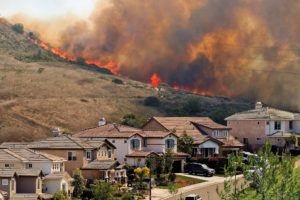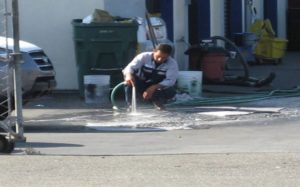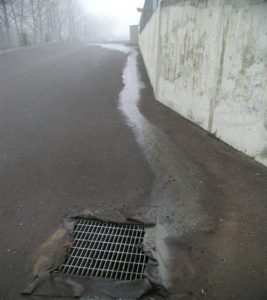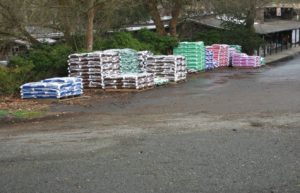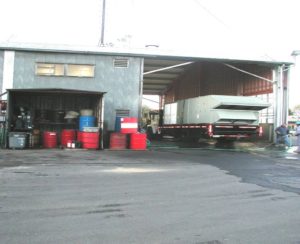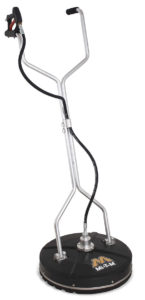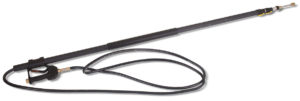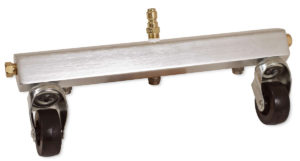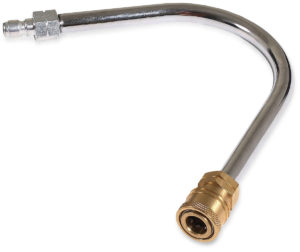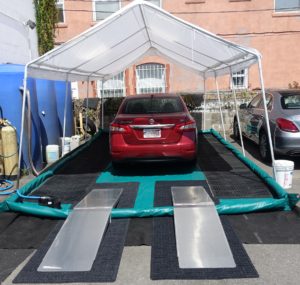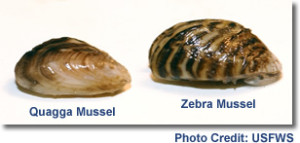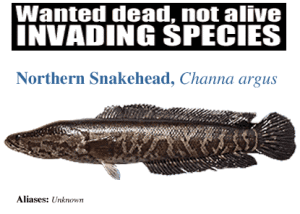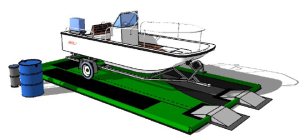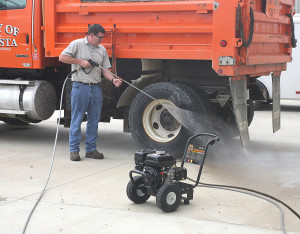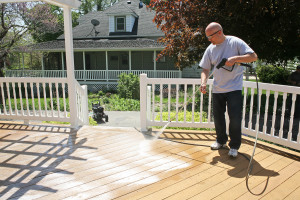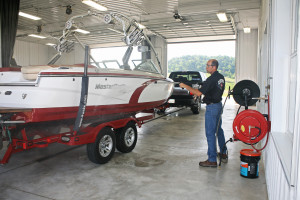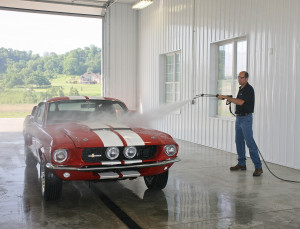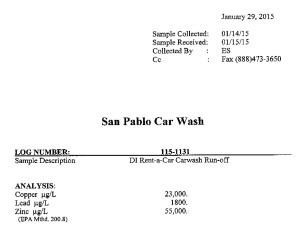Wildfires have been a ruthless foe over recent years in California. They can level buildings and homes and leave entire towns in ruins.
One of the hardest parts about a wildfire is dealing with the clean-up afterwards. Fire debris can easily contaminate the environment not because of burnt trees, shrubs and grass but because of the destruction of man made items. Cars, when destroyed by fire, can leave behind heavy metals, oils, greases, sharp objects, glass, paint, rubber, etc. that have to be contained, cleaned up and removed before they can harm wildlife or be absorbed into the ground and pollute nearby streams and creeks.
The debris from houses and buildings can be especially devastating to the environment because building materials used to make it and items inside a residence or business can bring endless possibilities for potential contaminants.
The very equipment used to clean the fire could be harmful if not decontaminated properly. Firetrucks, axes, fire hoses and other equipment can pick up harmful debris and transfer them from one site to another because the crew is following wherever the fire goes.
One way to help in the clean-up of post fire torn areas is containing hazardous material and disposing of it properly. The Porta-Pad can do just that by providing a safe, durable, cost effective pad for cleaning vehicles and equipment and dumping/sifting through debris. Ask US Hydrotech for more information about how the Porta-Pad can help with post fire clean-up.

